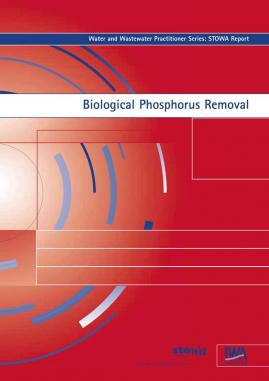 |
Biological Phosphorus Removal
Biological Phosphorus Removal

Biological phosphorus (bio-P) removal has become a reliable and well-understood process within wastewater treatment, despite being one of the most complex processes in the activated sludge process. Extended fundamental and full-scale research has been carried out into the bio-P process and the state-of-the-art is described in this report.
A summarising historical overview gives insight into the establishment of the appropriate microbiological and biochemical basis of the process and the development of bio-P configurations in practice. Aspects of the bio-P process that have a direct influence on the efficiency of phosphorus removal are subjected to an in-depth investigation.
This report presents guidelines for design and dimensioning in order to introduce and/or optimise the bio-P process in practice. Twelve bio-P installations are extensively described and the operational results and experiences are related to existing bio-P knowledge and guidelines. Based on a number of parameters, a comparison is made between the described bio-P plants. A steady state model is verified with extensive periods of practical experience of the plants.
The bio-P model (available to donwload below), offers a reliable insight into the bio-P process, coupled with sensitivity analyses regarding wastewater characteristics and process parameters for the anaerobic volume and the P-ortho concentration in the final effluent.
The report ends with a systematic approach to the design of the bio-P process, based on the background of the bio-P process itself, much practical experience and the analysis of operational bio-P plants. Also presented is a systematic approach to tackle operational aspects of the bio-P process in order to generate an acceptable low P effluent concentration. This optimisation of the bio-P process operation is supported by a decision diagram.
Biological Phosphorus Removal will be an invaluable source of information for all those concerned with wastewater treatment, including plant managers, process designers, consultants and researchers.
Supplementary files for this work (previously provided on CD-ROM):
Publication Date: 31/05/2002ISBN13: 9781843390121Pages: 224 |
Print:
|